My wife and I recently returned from a trip that included a two-night stay in Savannah, Georgia. Neither of us had been there before, yet some source deep in memory gave me the notion that we would find a charming, picturesque and historic place. In preparation for our visit to Savannah, I read John Berendt’s wonderful Midnight in the Garden of Good and Evil, which captures some of the ambiance of the city.
Our visit was confined to the city’s downtown Historic District, a 2-square-mile area steeped in charm, beauty and history that attracts 7 million visitors annually. One morning, we took a guided walking tour, which placed the city in its historical context for us while giving us a better appreciation of the architectural styles all around us. The walking tour greatly enhanced our visit, and I highly recommend it (Savannah Rambles).
In February of 1733, General James Oglethorpe, commanding the good ship Anne, landed on a bluff along the Savannah River that became the site of the future settlement of Savannah within the new colony of “Georgia” (named by Oglethorpe after England’s King George II). Georgia was conceived as a buffer to defend South Carolina against feared incursions by the Spanish from Florida.
The colony’s original charter prohibited slavery—as well as rum and brandy, lawyers and Catholics.
Catholics were forbidden to live in the Georgia colony until 1748, when the regional disputes between (Anglican) England and (Catholic) Spain had been resolved by the Treaty of Aix-la-Chappelle.
Slavery was prohibited in colonial Georgia—for a while. Oglethorpe believed that to allow slaves was to “act against the very Principles by which we associated together, which was to relieve the distressed.” Nevertheless, after intense lobbying pressure on Parliament by interest groups who claimed that slavery was essential to the economic prosperity of the settlers, the ban was lifted in 1750. By 1742, Oglethorpe had returned to England and had lost interest in Georgia (after defeating the Spanish in a military episode known as the War of Jenkins’ Ear).
The prohibition on “spirituous liquors” lasted until 1742. The ban on lawyers (described colorfully by Oglethorpe as “that pest and scourge of mankind called lawyers”) was not lifted until 1755.
Unlike any city before that time—or any city since—Oglethorpe laid out the city around a grid of 24 public squares. Each square marks the center of a ward and is bordered with “tything blocks” on the north and south sides for the colonists’ private homes. Each tything lot contained ten houses. In addition, each tything block was assigned a square-mile tract outside town for farming, where each family farmed a forty-five acre plot. Each square was bordered on the east and west sides by “trust blocks” for public buildings and churches.
The inspiration for Oglethorpe’s design is uncertain. Yet, the design endures today—a city environment with an overarching sense of public space (which should be the envy of modern city planners). Every square is located an easy walk away from the next (a two-block walk, if you are going east or west; four blocks north and south).
During the Civil War, Union General William Tecumseh Sherman was so impressed with the beauty of Savannah that he spared the city from destruction, and in December 1864, he sent a telegram to President Abraham Lincoln, offering the city as a Christmas present.
Today, after 280 years of development and change, Oglethorpe’s original city design remains. Twenty-one of the public squares still exist. Some 2,500 buildings have been inventoried by the Savannah Historic Foundation, and 1,000 of them have architectural or historical significance. Fine examples nearly all of the nation’s 18th and 19th century architectural styles can be found in Savannah.
Included among so many is the Mercer-Williams House (an example of the Italianate style), a location central to the story told in Midnight in the Garden of Good and Evil. The house on Monterey Square is currently occupied as a private residence, although the first floor is open to public tours. My wife and I enjoyed the tour, which gives visitors a glimpse of the collection of artworks and antiques amassed by Jim Williams, who bought the house in 1969. The house was designed by architect John S. Norris for General Hugh Mercer, great-grandfather of lyricist Johnny Mercer.
Also designed by John Norris is the Andrew Low House on Lafayette Square, built in 1848. It is an example of the Grecian style. Andrew Low’s son William married Juliette Gordon in 1866. Juliette later became the founder of the Girl Scouts of America. If we had to pick a favorite out of all the old homes we saw in Savannah, it would be the Andrew Low House.
The Owens-Thomas House on Oglethorpe Square was designed by William Jay in 1819 for Richard Richardson. George Owens purchased the home in 1830. It remained in the Owens family until 1951 when Margaret Thomas (a granddaughter) bequeathed it to Savannah’s Telfair Academy of Arts and Sciences. The Owens-Thomas house is considered one of the finest examples of the English Regency style in the United States.
Visits: 871
Some other stuff for later,
- 67We drive north from Buffalo on I-90. Our destination tonight is the town of Anaconda, about 20 miles west of Butte, Montana. The founder, copper king Marcus Daly, wanted to call the town “Copperopolis,” but another Montana mining town had already claimed the name. So the town became Anaconda instead,…
- 65We would spend the next four days visiting three National Parks—Arches, Canyonlands and Mesa Verde—while advancing our road trip by 283 miles. Leaving Green River, we drive beside red cliffs that rise up from the rolling hills as we approach Arches from the north on US 191 and descend into…
- 65We check in at the Durango Lodge for two nights. The motel’s pool is tempting, but dinner is our priority. We take a walk down Durango’s Main Avenue. The centerpiece is a grand old hotel, The Strater, built in 1887. Somewhat less pretentious is the General Palmer Hotel, built in…

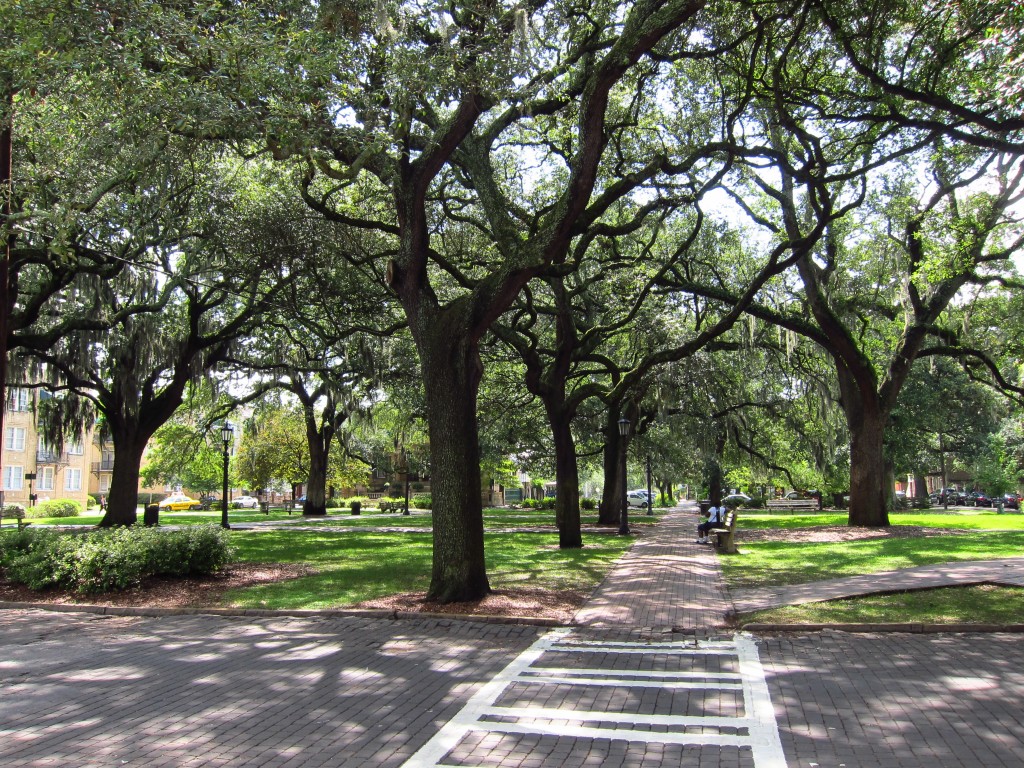
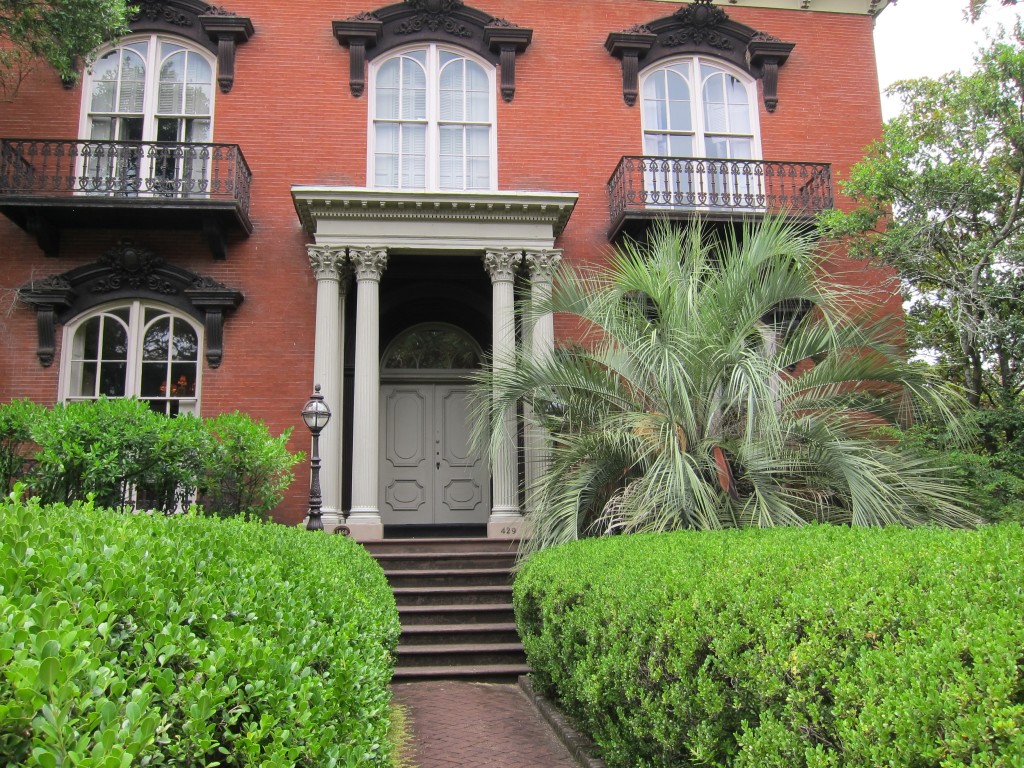
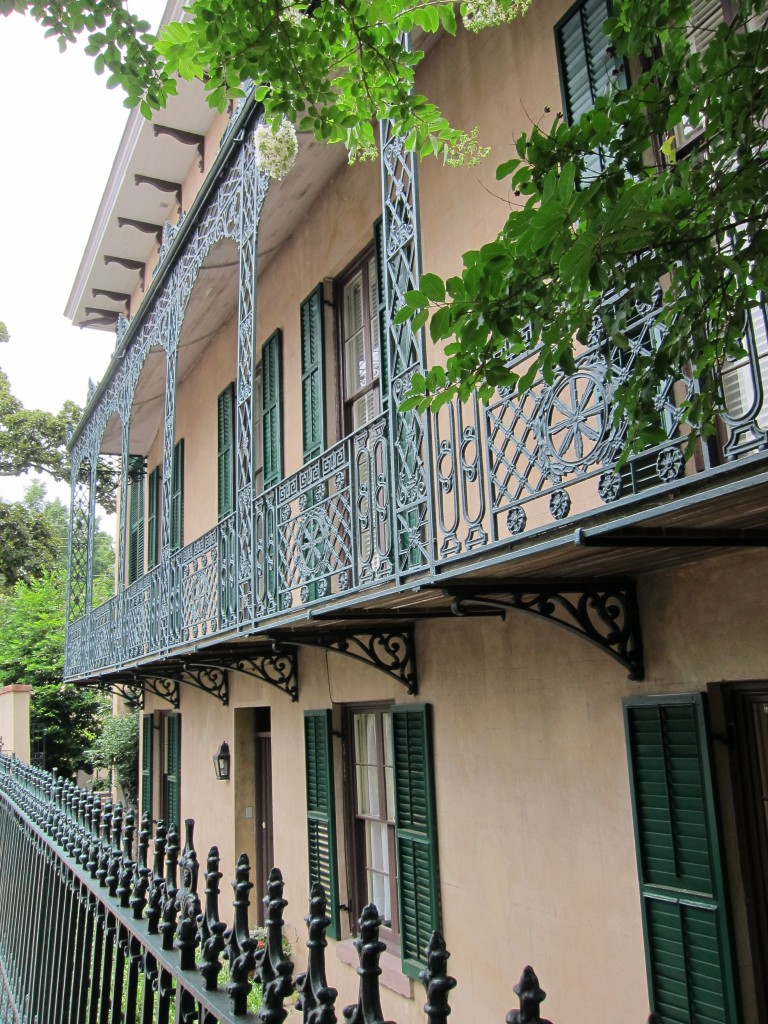
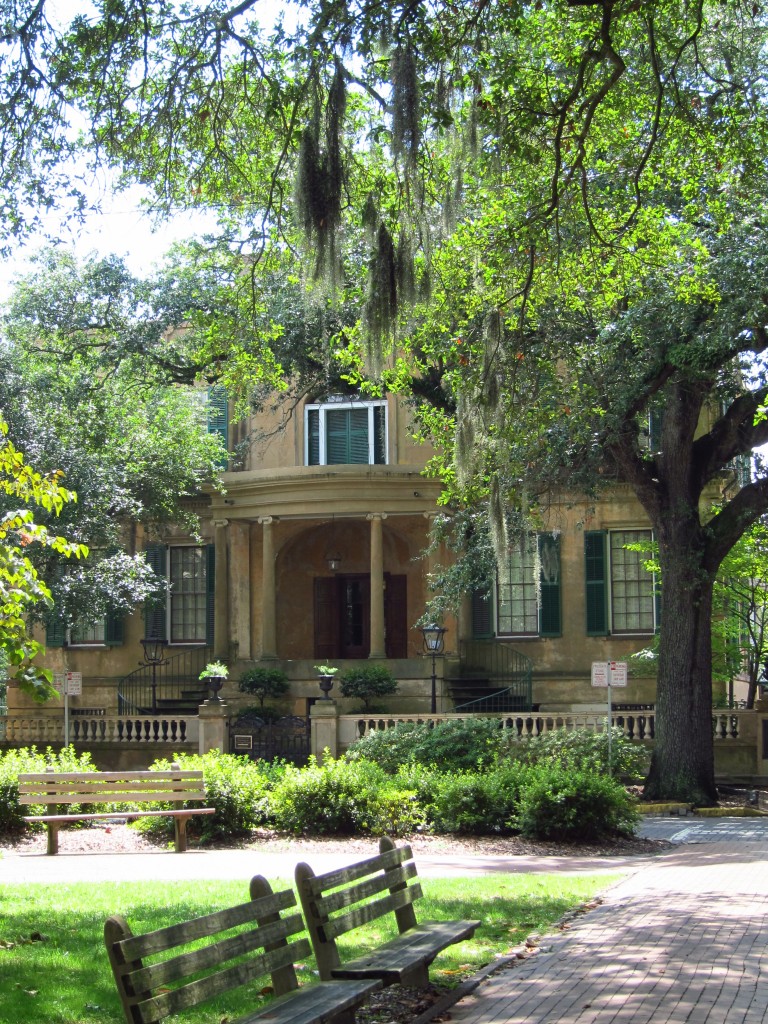
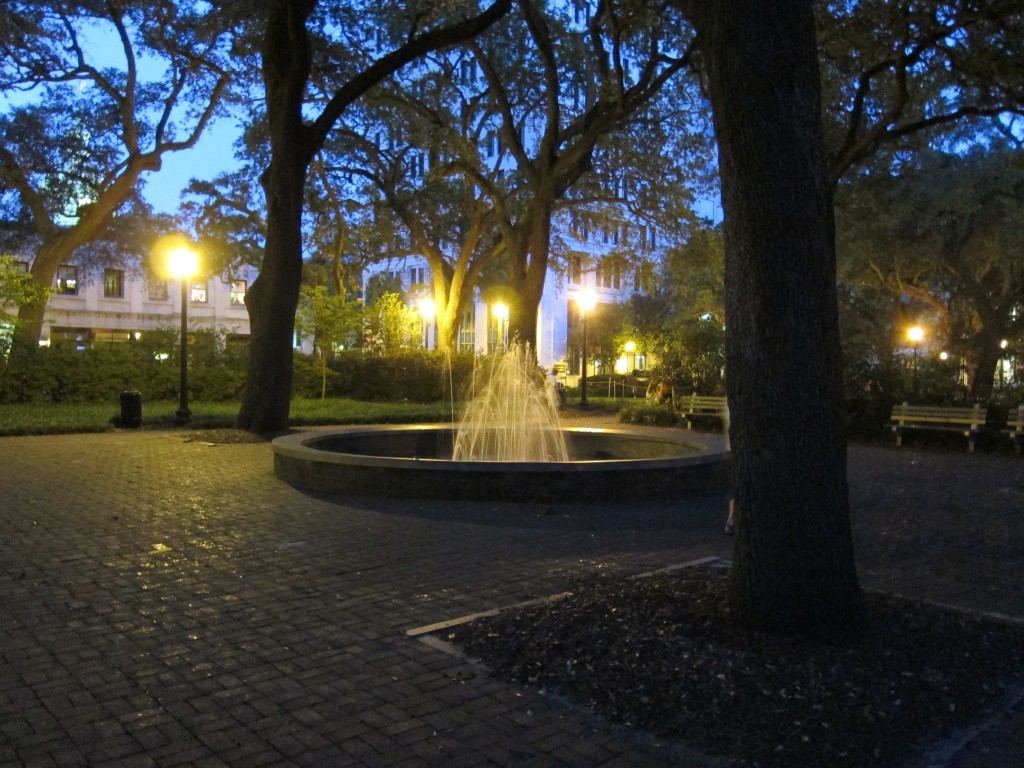
Leave a Reply